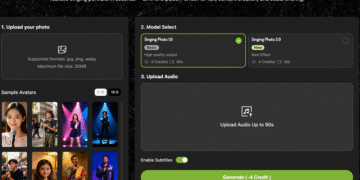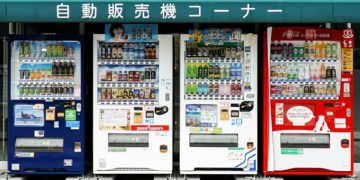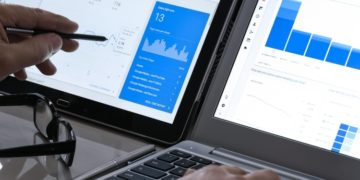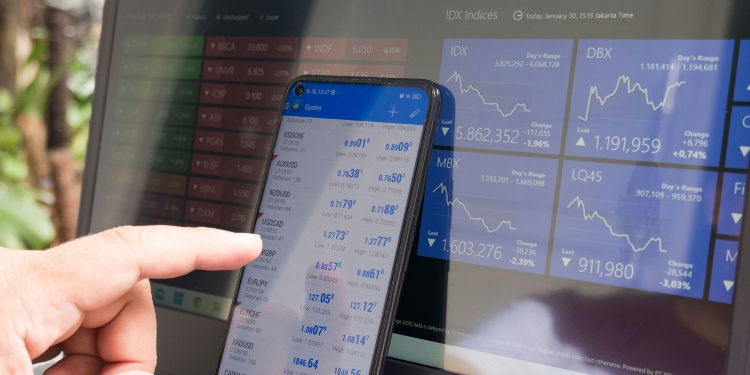Many traders use forex signals to help guide their decisions in the currency market. Tracking the right information can make a real difference in getting the most out of these signals. Knowing which metrics to follow helps traders find patterns and make better choices with forex trades.
Some people start out by using free forex trading signals to test new strategies before risking their own money. Understanding the basics of trading and the key numbers to watch is important for anyone wanting to profit from online currency exchange.
Signal Accuracy Rate
Signal accuracy rate measures how often trading signals predict the right direction in the market. This metric is useful for anyone who wants to see how well a set of signals performs.
A higher accuracy rate usually means more successful trades. However, even a strong accuracy rate does not always mean a positive return, since other factors such as risk and reward matter too.
Many traders use accuracy rates to compare different signal providers or systems. Some signals rely on technical indicators and chart patterns, which are common tools for analyzing trends.
Tracking this metric over time helps traders spot changes in performance. If the signal accuracy rate drops or rises, it can alert users to possible issues or improvements in strategy.
Win/Loss Ratio
The win/loss ratio is a simple way to measure trading results. It shows how many trades end with a profit compared to those that end with a loss.
A higher win/loss ratio means more trades are making money than losing money. This metric can give traders a quick view of their signal performance.
To calculate it, divide the number of winning trades by the number of losing trades. For example, if there are 60 wins and 40 losses, the ratio is 1.5.
Tracking this ratio helps traders spot patterns in their results. If the number is low, it may be a sign to review the strategy or signals used.
It’s helpful to compare the ratio over time to see if trading is improving. Small changes in this metric can make a noticeable difference in overall performance.
Average True Range (ATR)
Average True Range, or ATR, measures how much an asset’s price moves, on average, during a given period. Traders often use a 14-day period to get a typical sense of price changes.
ATR helps traders see if the market is more or less active than usual. A high ATR means bigger price swings; a low ATR means prices are staying closer together.
By watching the ATR, traders can decide if a forex signal is happening in a calm or busy market. This makes it easier to adjust strategies or risk levels.
ATR does not tell traders if prices will go up or down. It just shows how much prices are moving. This can help set stop-loss or take-profit points more carefully based on recent market action.
Tracking ATR gives traders extra information to support their decision making.
Click-Through Rate (CTR) on Signals
Click-Through Rate, or CTR, shows how often users click on a forex signal after seeing it. This metric is measured as a percentage. It compares the number of clicks to the number of times the signal is shown.
A higher CTR usually means the signal draws more attention from users. It can be a sign that the signal looks valuable or interesting. When the CTR is low, it can point to a signal that does not stand out or get much interest.
Tracking CTR helps users see which signals get more engagement. They can then compare different signals over time and look for trends. Watching changes in CTR can help spot patterns in user behavior.
Profit Factor
Profit factor is a metric used to measure the relationship between gross profits and gross losses from trades. It shows how much a trader earns for every unit they lose.
A profit factor above 1 means the trading strategy is profitable. For example, a value of 1.5 means the system makes $1.50 for every $1.00 lost.
Many traders look for a profit factor over 1.75, which is often seen as a sign of a stronger trading approach. However, even a profit factor slightly above 1 can still be profitable if other risks are managed well.
Checking the profit factor along with other trading metrics can offer a clearer view of a system’s performance. This helps traders see if their strategy is consistent in different market conditions.
Conclusion
Tracking the right metrics when using forex signals gives traders useful insight into their strategies. By watching things like win rate, risk-to-reward ratio, drawdown, and average profit per trade, they can see what works and what needs to change.
A simple table or list of these numbers makes it easier to spot patterns or problem areas. Reviewing these numbers often helps traders make better decisions and adjust quickly.
Staying consistent with tracking leads to more informed choices and steady progress. These key metrics shape how traders approach the market each day.
David Prior
David Prior is the editor of Today News, responsible for the overall editorial strategy. He is an NCTJ-qualified journalist with over 20 years’ experience, and is also editor of the award-winning hyperlocal news title Altrincham Today. His LinkedIn profile is here.













































































